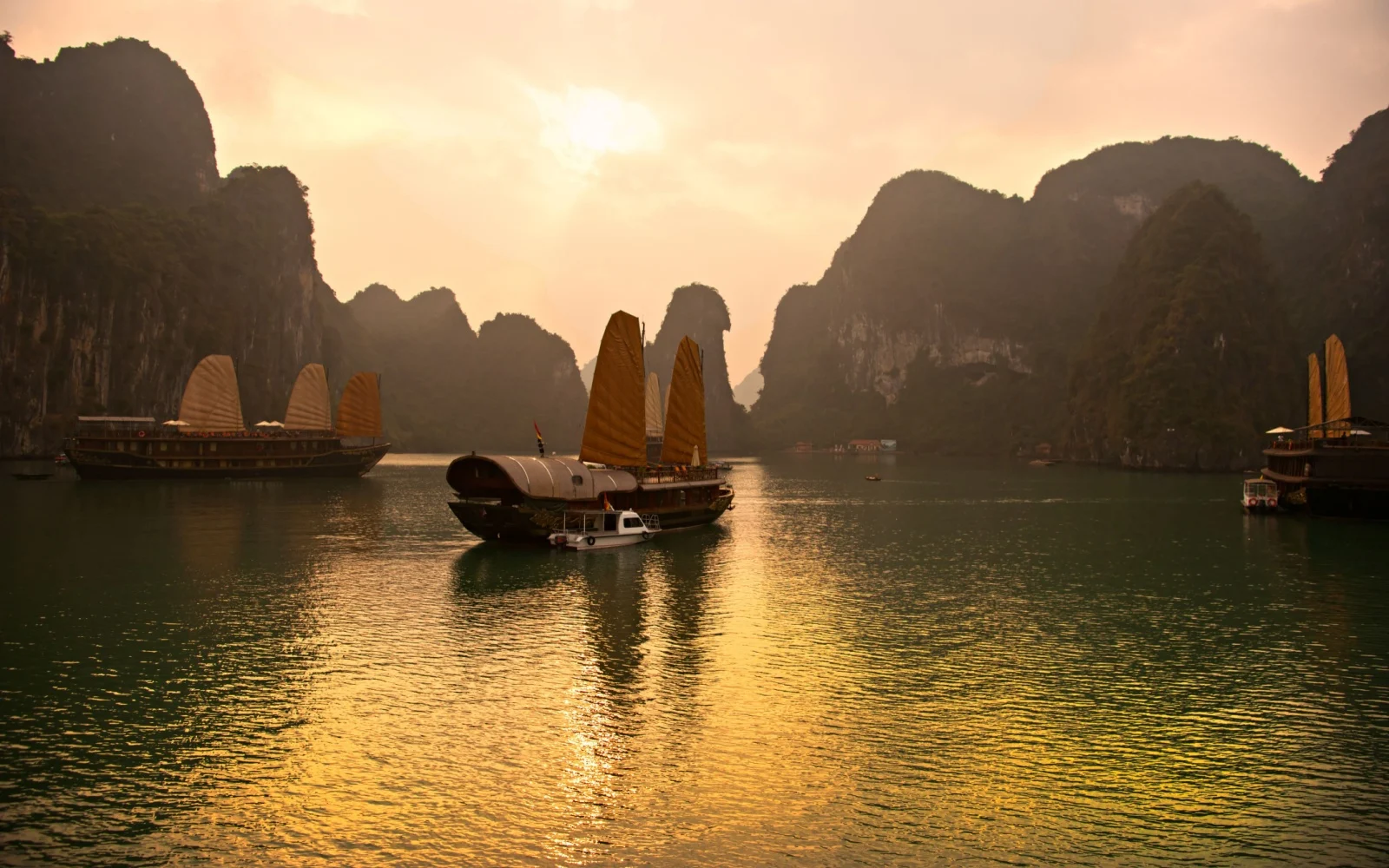What's the best time to visit Vietnam?
For optimal weather, plan a Vietnam visit from November to April. This season offers cool, dry conditions ideal for northern treks, pleasant warmth perfect for beach days in central Vietnam, and comfortable exploring in the humid south. It’s also the time for Tet, the vibrant Vietnamese New Year, celebrated with enthusiasm across the country but also marked by crowded destinations and busy accommodations.
Vietnam is one of the most popular tourist destinations in Southeast Asia, especially among young backpackers. Vietnam is home to some spectacular nature, such as the dramatic landscapes of Ha Long Bay and the mystic caves of Phong Nha National Park.
The cities are interesting, and each has a distinct character, from elegant Hoi An with its lanterns and bustling modern Hanoi to historic Hue.
In between, there are lush tropical landscapes, villages where it seems like time hasn’t passed, and delicious food. It’s easy to see why Vietnam is on many people’s travel bucket lists. But make sure you know the right time to go. We’ll show you this and more below.
The Overall Best Time to Visit Vietnam
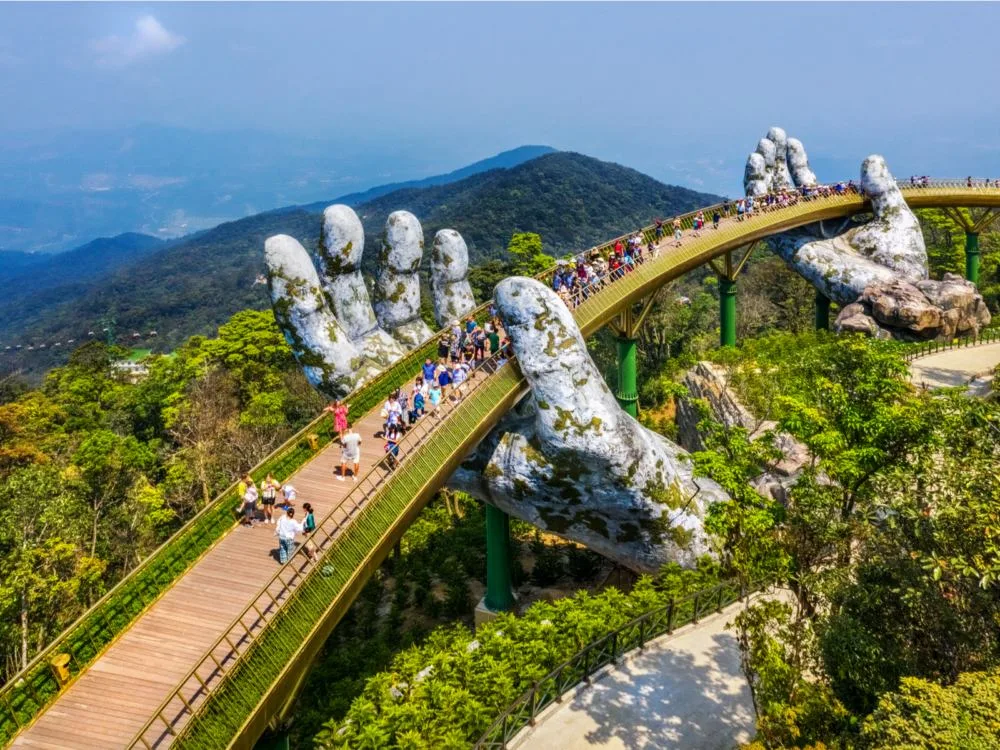
Hien Phung Thu/Shutterstock
If you’re planning on exploring the entire country, the best time to visit Vietnam is between November and April, when you can catch the cooler dry season in all of the regions.
Vietnam has a tropical climate, but climate patterns differ drastically depending on the region. The climate in the north is more temperate than in the other regions. Between November and February, temperatures are far cooler than elsewhere, and you can even see snow in the mountains.
Hanoi’s average temperature in January is about 69 degrees Fahrenheit, but it gets colder in Sapa and other mountain regions. The best months for trekking in the north are in the latter half of the dry season, in March or April.
Those are the best months for trekking in Vietnam’s mountains because there is no rain, so the trails aren’t muddy, and hiking weather is pleasant (you can visit earlier in the season as well, but be prepared to bundle up). This is also the best time to enjoy Ha Long Bay without the crowds.
Central Vietnam, around Hue and Hoi An, has a warmer climate than the north. Temperatures here during the colder season are far warmer, with January temperatures averaging 75 degrees Fahrenheit.
The mercury reaches 90 degrees by April, but that’s not a problem since one of the best things to do in the region is to go to the beach. The dry season lasts from January to July, and February and March receive the least rain.
Southern Vietnam, around the Mekong Delta, has the hottest, most tropical climate in the entire country. Here, it’s crucial to visit during the cooler parts of the dry season so that you can walk around Ho Chi Minh City without sweating unpleasantly.
Temperatures in January are 88 degrees, which is hot but still more pleasant than the 95 degrees you can expect in May.
The absolute best time to visit is from November to February, which are slightly cooler months. This period also includes Vietnam’s most important holiday, Tet or Vietnamese New Year. Falling in January or February, this is the biggest travel day in all of Vietnam.
Expect beautiful lanterns in Hoi An and other cities, but also crowded hotels and shuttered businesses. If you want to enjoy the festival atmosphere without the major disruptions, other popular events include:
- Flower Festival (Da Lat, December)
- Coffee Festival (Buon Ma Thuot, March)
Cheapest Time to Visit Vietnam
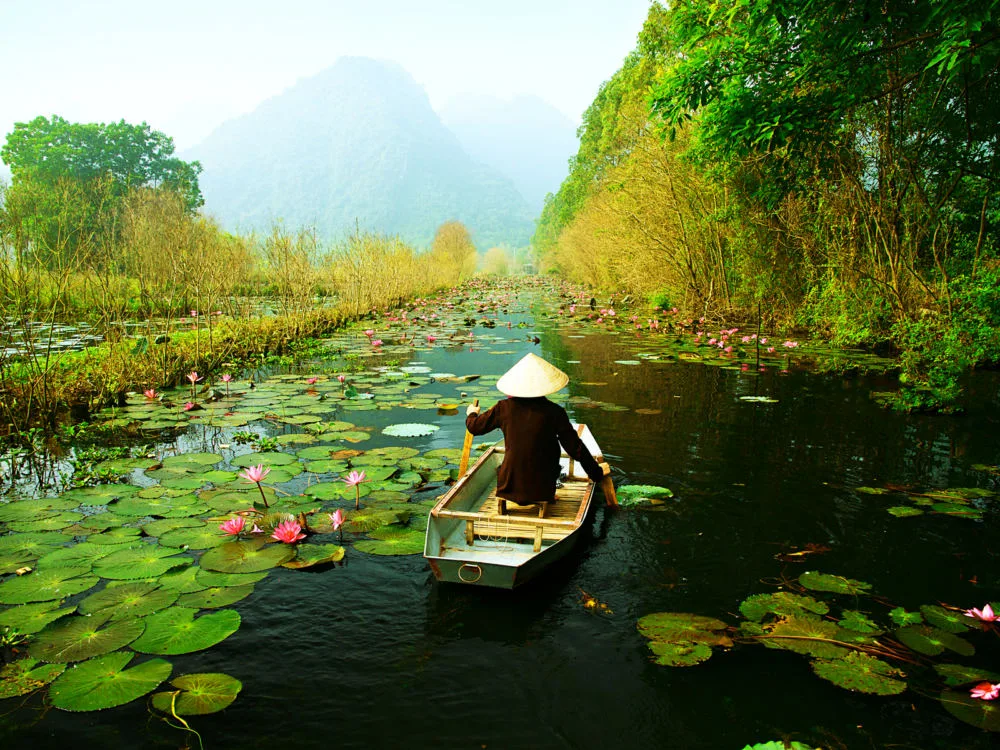
John Bill/Shutterstock
The cheapest time to visit Vietnam is during its shoulder seasons, or transition periods between the rainy and dry seasons, like May–June and September–October.
These four months are a brief window when the crowds decrease, and with them, so do hotel prices and other costs. This is the best time of year to hit the beach in Central Vietnam, thanks to the bargains. In resort towns like Da Nang, hotels are discounted by 20%–40% in June.
September and October are also good times to find bargains in Vietnam. This is a good time to find bargains in the north or south as the monsoon season dries out. For example, Hanoi hotels are discounted by 25%–40% in September.
These months are also the cheapest time to fly to Vietnam. You can get good deals on flights from the end of April, but September and October offer the best discounts as the tail end of monsoon season means that fewer people are willing to travel here.
Least Busy Time to Visit Vietnam
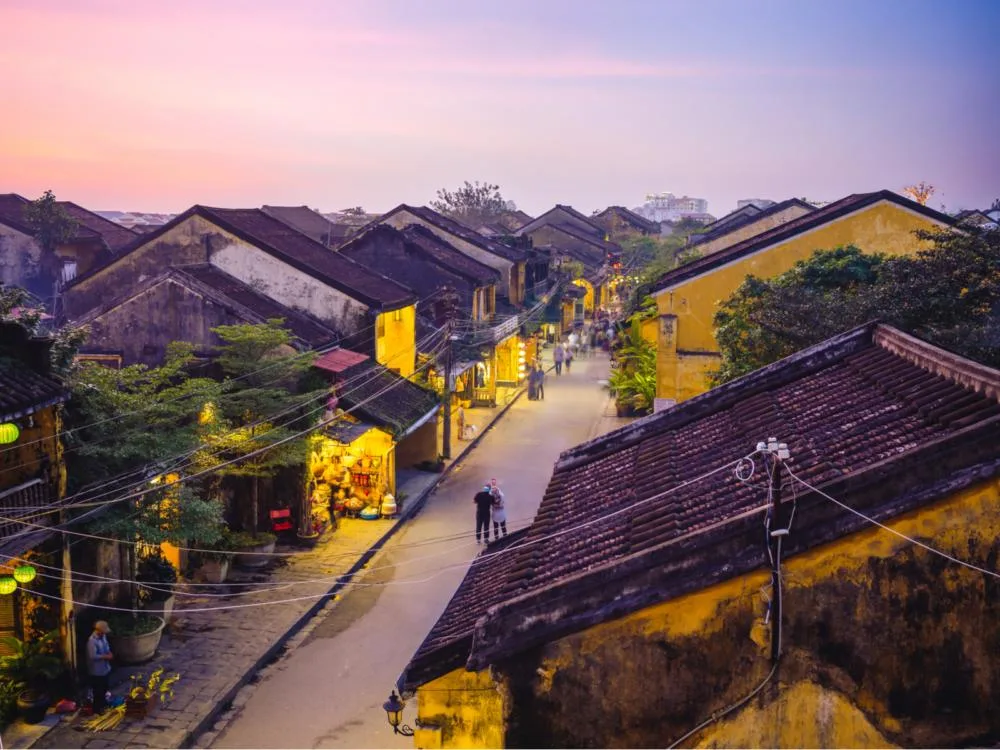
Richie Chan/Shutterstock
The shoulder seasons of May–June and September–October are also the least busy times to visit Vietnam, and you can beat the crowds even at popular destinations.
The trick is knowing which region to visit during which shoulder season because the rainy seasons are slightly different. From late April to June, the south becomes a humid quagmire, while the rainy season begins in the north.
However, this season is one of the best times to visit Central Vietnam, whose rainy season doesn’t begin until the end of July. You’ll get to lounge on the beach without fighting for a space to lay down your towel.
Plus, this is one of the few times a year when you can visit the city of Hoi An without having to fight through crowds on the narrow streets. This is also the season of the Hue Festival, held every two years to celebrate local culture.
During the second shoulder season, from September to October, Central Vietnam is deluged by monsoons, but things are starting to dry out in the north and south.
This is a great time to visit the rural areas around the Mekong Delta to see traditional village activities like floating markets and rice harvests. It’s still too muddy for trekking in the north, but it’s a good time to explore Hanoi.
One of Vietnam’s most important festivals, Trung Thu, or the Mid-Autumn Festival, happens during this time. Expect boat races, dragon dances, and plenty of delicious snacks at this laid-back alternative to the Tet New Year festival.
Worst Time to Visit Vietnam
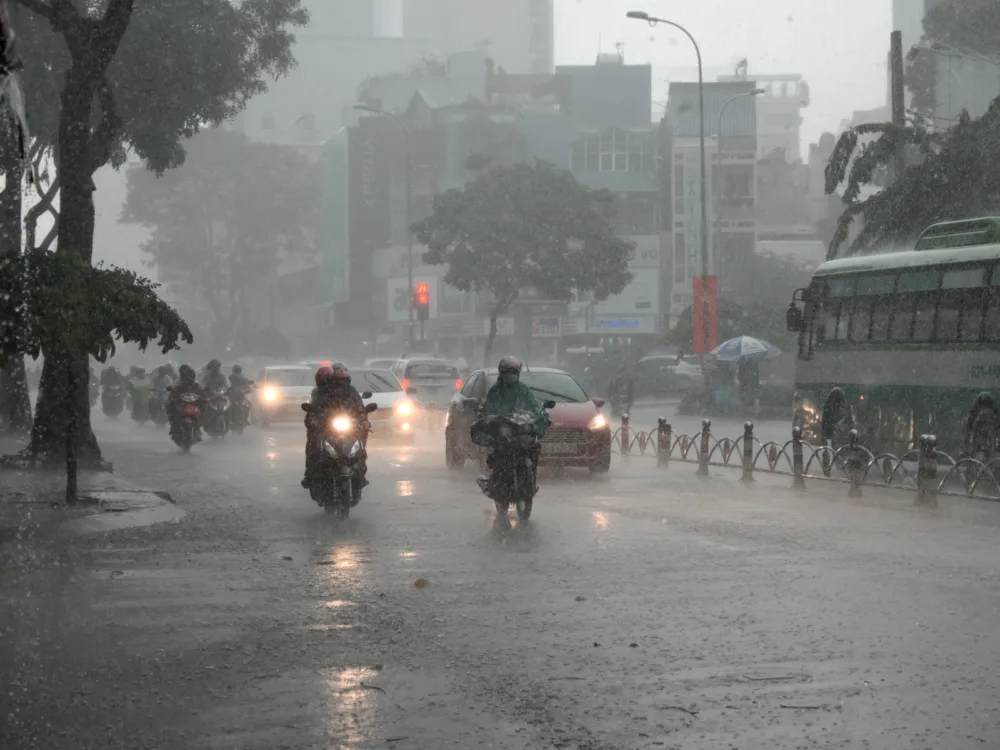
Xuanhuongho/Shutterstock
The worst time to visit Vietnam is during the peak of the monsoon season, which runs from May to October but peaks in August and September.
The timing of the monsoon season differs depending on the region of Vietnam, but most of the country is buffeted by rain from May to October. The rainy season lasts the longest in the south, which has the most humid climate.
Monsoons peak in August and September, which are the rainiest months throughout Vietnam. The seasonal monsoons aren’t as violent in Vietnam as they are in some other Southeast Asian countries, but you can still expect heavy rains, occasional flooding, and sometimes severe storms called typhoons.
These rainy conditions make it hard to explore. Inland, hiking trails turn to mud. Stormy conditions make sailing around Ha Long Bay impossible, and you don’t exactly want to spend time on the beach during a downpour.
If you’re visiting during this time, there are ways to make the most of your trip. Stay mostly inland as storms are less severe than on the coast.
Although the cities are hot and humid, you can enjoy more indoor activities when the weather gets bad. July and early August are hot but a bit dry, so you can squeeze in some beach time—just be prepared for the beaches to be crowded.
Frequently Asked Questions
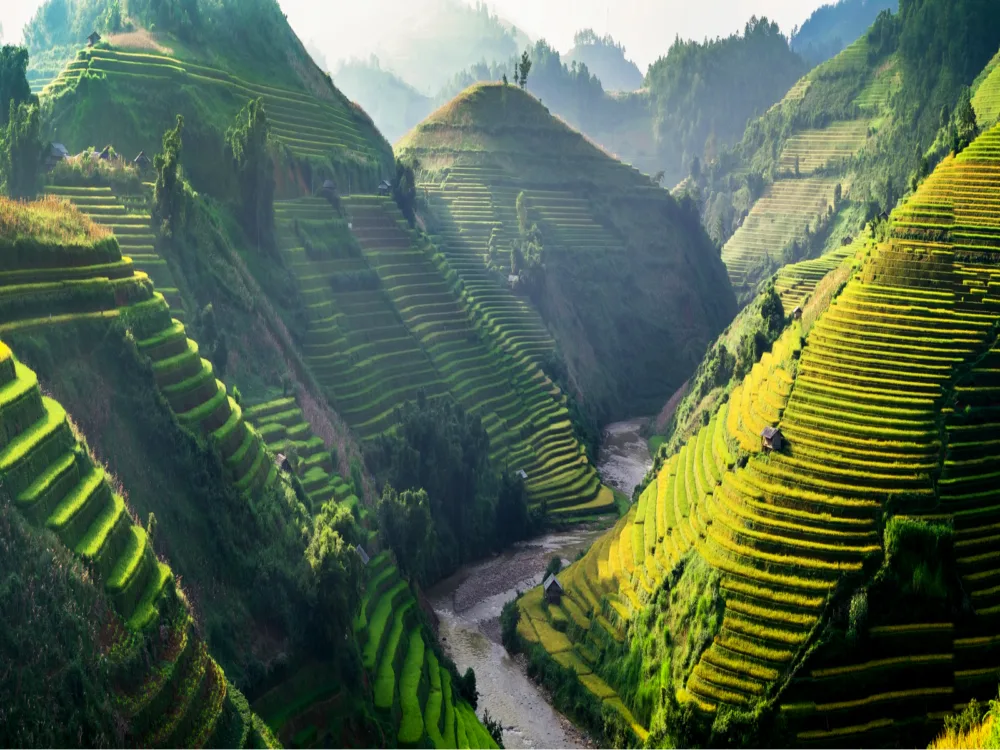
JunPhoto/Shutterstock
Here are a few of the most common questions about the best time to visit Vietnam:
What are the best months to visit Vietnam?
The best months to visit Vietnam are the months between November and April, which form the dry season in most of the country.
What is the rainy season in Vietnam?
The answer differs by region, but most places see the most rain between May and October.
What is the hottest month in Vietnam?
April is the hottest month in South Vietnam. In Central or Northern Vietnam, June and July are the hottest months.
How many days in Vietnam is enough?
You need at least 14 days in Vietnam to see the whole country. Any less and you have to accept that you won’t be able to explore all of the regions.
What month has the worst weather in Vietnam?
September has the worst weather because that marks the peak of the monsoon season, so you can expect heavy rain and high humidity.
So, What’s the Best Time to Visit Vietnam?
The best time to visit Vietnam depends on what you want to do and which regions you want to visit. To get good weather in all of the regions, visit during the dry season from November to April when temperatures are manageable and there are few storms.
So, with so much to see and do and plenty of amazing times to go, what are you waiting for — book your trip today and experience for yourself all that Vietnam has to offer. Happy travels!



